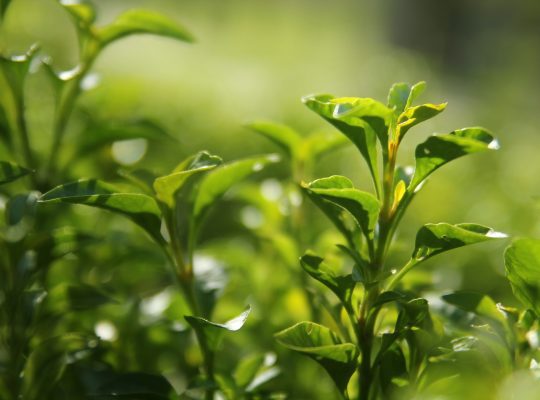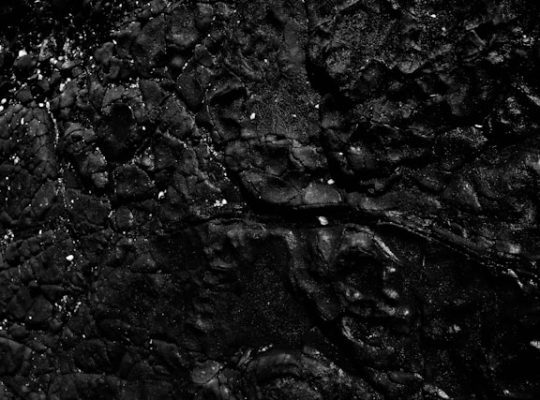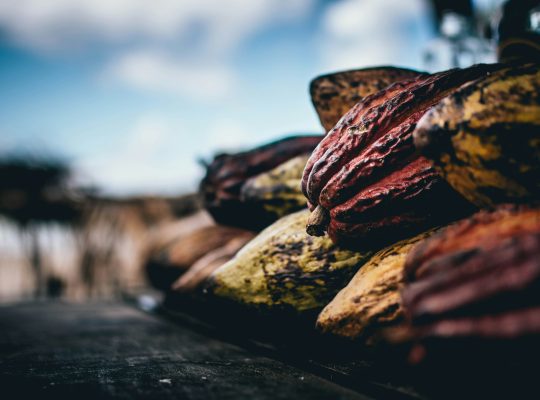Indonesia’s bauxite resources, which are finite natural treasures, play a significant role in the country’s economy. That’s why there’s such a push, especially by the government, to expand bauxite smelting facilities within the country.
Even as construction continues, the growth of these smelter facilities has faced obstacles in some areas. Let’s delve into the specifics of this important issue.
What is Bauxite?
Bauxite is a mineral ore rich in aluminum and is formed through the weathering of rocks, particularly under humid tropical climates. This ore’s main components are hydrous aluminum oxides and aluminum hydroxides, with traces of iron oxide, kaolinite clay minerals, and sometimes, anatase TiO2.
Discovered first in Bintan Island, Riau Islands in 1924, bauxite is now a key mineral resource in Indonesia’s mining industry. Its primary use is in aluminum production.
Bauxite smelters are industrial facilities responsible for transforming raw bauxite into purer products like alumina. This is achieved by extracting aluminum from bauxite, separating unwanted components such as iron oxide and clay minerals. The end product, alumuna, is then used to manufacture aluminum.
Bauxite Smelter Facility Development in Indonesia
The construction of smelter facilities for refining bauxite is part of the Indonesian government’s plan to add value to domestic bauxite mining. Here are some updates on their progress:
- Completed and Ongoing Smelter Construction
There are four smelter facilities that have been built and are operational, and eight additional smelters are under construction. However, these projects are facing various levels of completion challenges, including:
- PT Borneo Alumina Indonesia – Mempawah, West Kalimantan: 23.67%
- PT Laman Mining – Ketapang, West Kalimantan: 32.39%
- PT Kalbar Bumi Perkasa – Sanggau, West Kalimantan: 37.25%
- and so on…
- Investment Challenges in Smelter Construction
Building a single smelter can cost up to US$ 1.2 billion or IDR 18.2 trillion, according to Ronald Sulistyanto, the Acting Chairperson of the Indonesian Bauxite and Iron Ore Entrepreneurs Association (APB3I). This high investment requirement is a significant hurdle for investors, particularly domestic ones. Moreover, the dominance of foreign investors in developing Indonesia’s bauxite smelters underscores the need to involve domestic investors more in this sector.
- Licensing Hurdles for Smelter Construction
Uncertainties surrounding Mining Business Permits (IUP) can deter investors and have already led to the revocation of some project permits, creating legal uncertainties that impede investment.
- Verifying Construction Progress of Smelters
The reported progress of smelter construction often doesn’t match the findings of independent verifiers on site. Discrepancies like these affect policies, including those related to export relaxation.
- Positive Impacts of Smelter Development
Despite these challenges, the construction of smelter facilities can significantly benefit the economy. Indonesia currently produces 58 million tons of bauxite ore per year, with only two Smelter Grade Alumina (SGA) processing units. The impending June 2023 ban on bauxite ore exports further highlights the urgency of developing smelters, which could potentially increase the country’s revenue from Rp 21 trillion to about Rp 62 trillion annually through downstream processing.








